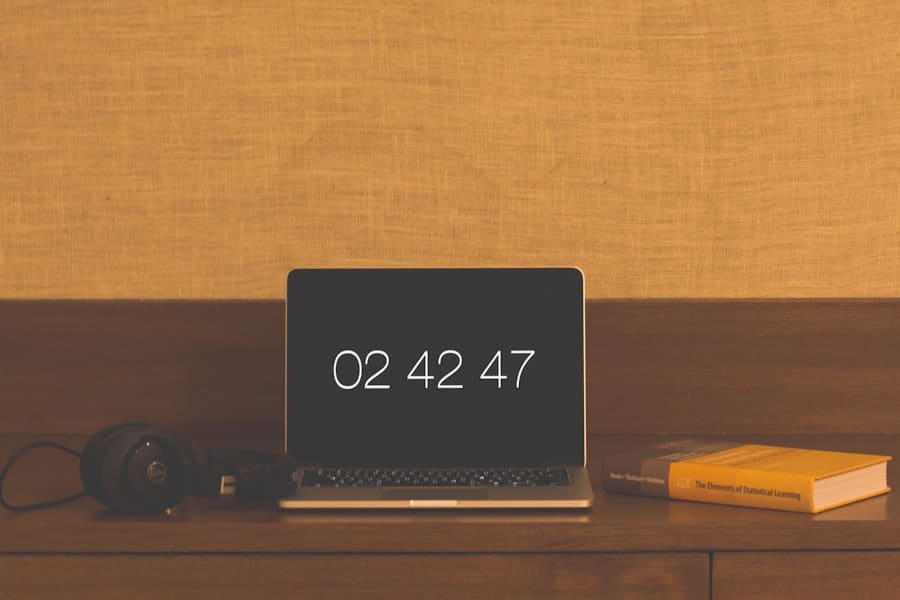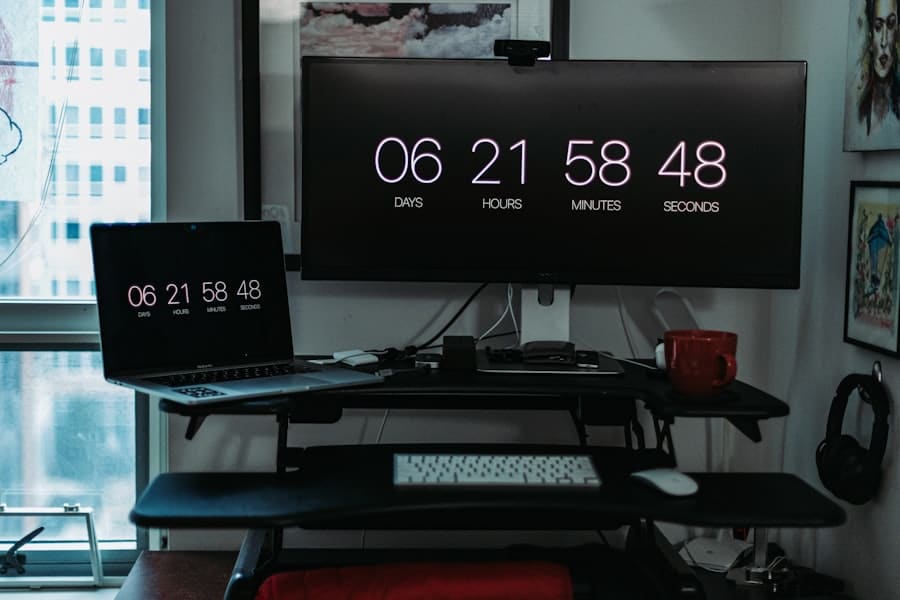In the digital age, where mobile applications have become integral to daily life, understanding app usage analytics is crucial for both developers and users. App usage analytics refers to the systematic collection and analysis of data regarding how users interact with applications. This data encompasses various metrics, including session duration, frequency of use, user retention rates, and engagement levels.
By examining these metrics, stakeholders can gain insights into user behavior, preferences, and overall app performance. For developers, this information is invaluable for enhancing user experience, optimizing features, and ultimately driving app success. Moreover, app usage analytics can reveal trends that may not be immediately apparent.
On the user side, individuals can leverage app usage analytics to monitor their own habits, identifying which applications consume the most time and attention.
This self-awareness can lead to more intentional app usage, fostering healthier digital habits.
Key Takeaways
- App usage analytics provide valuable insights into user behavior and preferences
- Setting clear app usage goals helps in measuring and improving user engagement
- Identifying app usage patterns helps in understanding peak usage times and popular features
- Utilizing app usage analytics tools such as Google Analytics or Mixpanel can provide in-depth data analysis
- Implementing app usage limits can help in promoting healthy and balanced app usage habits
Setting App Usage Goals
Establishing clear app usage goals is essential for both personal productivity and effective app development. For users, setting goals can help create a framework for managing time spent on various applications. For example, an individual might aim to limit social media usage to 30 minutes per day or designate specific times for checking emails.
By defining these parameters, users can cultivate a more balanced relationship with technology, reducing the risk of distractions that often accompany excessive app usage. On the developer side, setting app usage goals involves understanding target audience needs and aligning app features accordingly. Developers might aim to increase user engagement by 20% over the next quarter or reduce churn rates by enhancing onboarding processes.
These goals should be measurable and time-bound, allowing for regular assessment of progress. By establishing clear objectives, developers can focus their efforts on features that drive user satisfaction and retention, ultimately leading to a more successful application.
Identifying App Usage Patterns

Identifying app usage patterns is a critical step in both personal and professional contexts. For users, recognizing patterns in app usage can illuminate habits that may be counterproductive or detrimental to well-being. For instance, an individual may discover that they tend to spend excessive time on gaming apps during work hours or late at night, leading to decreased productivity and sleep quality.
By pinpointing these patterns, users can take proactive steps to adjust their behavior, such as setting specific time limits or utilizing productivity apps that encourage healthier habits. From a developer’s perspective, analyzing user behavior patterns is essential for optimizing app functionality. By examining data such as peak usage times or common navigation paths within the app, developers can identify features that resonate with users and those that may require refinement.
For example, if analytics reveal that users frequently abandon the app during a particular step in the onboarding process, developers can investigate potential barriers and implement changes to enhance user experience. Understanding these patterns not only aids in improving the app but also fosters a deeper connection between developers and their user base.
Utilizing App Usage Analytics Tools
To effectively harness the power of app usage analytics, both users and developers must utilize appropriate tools designed for this purpose. Numerous analytics platforms are available that provide comprehensive insights into user behavior. For instance, Google Analytics for mobile apps offers detailed reports on user demographics, acquisition channels, and engagement metrics.
This data enables developers to tailor their marketing strategies and improve user experience based on real-time feedback. On the user side, various applications are designed to track personal app usage. Tools like RescueTime or Moment allow individuals to monitor how much time they spend on different apps throughout the day.
These tools often provide visual representations of usage patterns, making it easier for users to identify areas where they may want to cut back or adjust their habits. By leveraging these analytics tools, both developers and users can make data-driven decisions that enhance productivity and overall satisfaction with their digital experiences.
Implementing App Usage Limits
Implementing app usage limits is a practical strategy for managing time spent on applications effectively. For users seeking to regain control over their digital lives, setting specific limits on app usage can be transformative. Many smartphones now come equipped with built-in features that allow users to set daily limits for individual apps or categories of apps.
For example, a user might choose to limit social media apps to one hour per day, automatically receiving notifications when they approach this threshold. From a developer’s perspective, incorporating features that allow users to set usage limits can enhance the overall value of an application. By providing users with tools to manage their time effectively within the app, developers demonstrate a commitment to promoting healthy digital habits.
This could include features like reminders to take breaks after prolonged use or options for scheduling “do not disturb” periods during which notifications are muted. Such functionalities not only improve user experience but also foster loyalty among users who appreciate the emphasis on well-being.
Analyzing App Usage Data

Analyzing app usage data is a multifaceted process that involves interpreting various metrics to derive actionable insights. For developers, this analysis often begins with collecting data on user interactions within the app. Metrics such as daily active users (DAU), monthly active users (MAU), session length, and retention rates provide a comprehensive view of how well the app is performing.
By segmenting this data based on demographics or user behavior, developers can identify trends and tailor their strategies accordingly. For users looking to analyze their own app usage data, many tracking tools offer detailed reports that highlight time spent on different applications and activities. This analysis can reveal surprising insights; for instance, a user may find that they spend more time on productivity apps than anticipated or discover hidden patterns in their daily routines.
By reflecting on this data, individuals can make informed decisions about how to adjust their habits for improved productivity and well-being.
Optimizing App Usage for Productivity
Optimizing app usage for productivity involves strategically leveraging technology to enhance efficiency while minimizing distractions. Users can adopt various techniques to ensure that their app interactions contribute positively to their goals. One effective method is prioritizing productivity-focused applications over those that tend to be more distracting.
For example, using task management apps like Todoist or Trello can help individuals stay organized and focused on their responsibilities while limiting time spent on less productive activities. Developers also play a crucial role in optimizing app usage for productivity by designing features that promote efficient workflows. This could include integrating task automation capabilities or providing customizable notifications that allow users to filter out non-essential alerts during work hours.
By creating an environment conducive to productivity within the app itself, developers empower users to make the most of their time while using the application.
Creating a Balanced App Usage Routine
Creating a balanced app usage routine is essential for maintaining overall well-being in an increasingly digital world. Users should strive to establish a daily schedule that incorporates both productive and leisure activities while being mindful of their app interactions. This might involve designating specific times for checking emails or social media while ensuring ample breaks for offline activities such as exercise or reading.
For developers, encouraging balanced app usage can be achieved through thoughtful design choices that promote healthy habits. Features like reminders for taking breaks or suggestions for alternative activities when excessive screen time is detected can help users maintain equilibrium in their digital lives. By fostering a culture of balance within the app ecosystem, both users and developers contribute to a healthier relationship with technology that prioritizes well-being alongside productivity.
In the quest to optimize screen time using app usage analytics, it’s essential to consider the tools and devices that can enhance this experience. For those who are interested in integrating technology seamlessly into their daily routines, exploring the best devices for specific tasks can be beneficial. For instance, if you’re a performer looking to manage your screen time effectively while on stage, you might find it useful to read about the best tablets for displaying lyrics. This can help you choose a device that not only supports your performance needs but also allows you to monitor and optimize your app usage. For more information, check out this related article: Discover the Best Tablet for On-Stage Lyrics Today.
FAQs
What is app usage analytics?
App usage analytics is the process of collecting and analyzing data on how users interact with a mobile application. This data includes information on user behavior, engagement, and preferences within the app.
How can app usage analytics help optimize screen time?
App usage analytics can help optimize screen time by providing insights into how much time users spend on specific apps, which features they use the most, and when they are most active. This information can be used to make informed decisions about how to design and prioritize app features to encourage healthy and productive screen time.
What are the benefits of using app usage analytics to optimize screen time?
Using app usage analytics to optimize screen time can help app developers and users understand how time is spent on different apps, identify patterns of excessive use, and make informed decisions about how to manage and balance screen time for better overall well-being.
How can app usage analytics be implemented?
App usage analytics can be implemented by integrating analytics tools into the mobile app to track user interactions, events, and behaviors. These tools can provide real-time data and insights that can be used to optimize screen time and improve the overall user experience.
Are there any privacy concerns with app usage analytics?
There can be privacy concerns with app usage analytics, as it involves collecting and analyzing user data. It is important for app developers to be transparent about the data they collect, obtain user consent, and comply with privacy regulations to ensure the protection of user privacy and data security.

